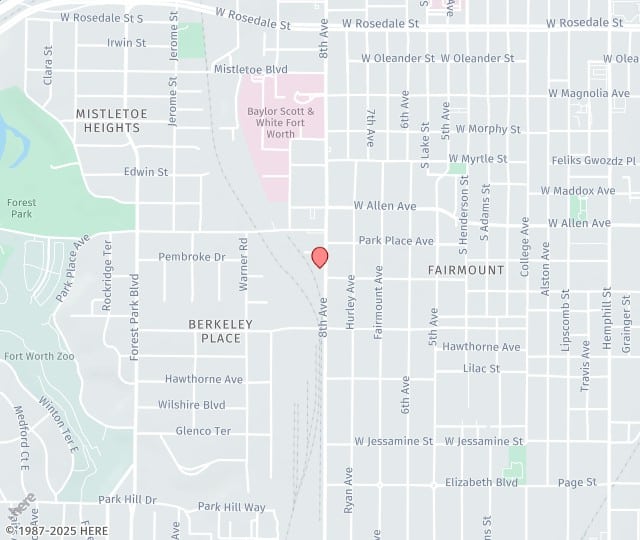 Spring is in the air. It’s marvelous watching nature replenish and rejuvenate itself. For instance, one day there are some small buds on a tree. Over the next few days the buds enlarge, then open, and before you know it the tree is in full bloom. Two months later you hardly even think about it. The tree just looks right. In an odd way, Botox is sort of like that. You undergo a simple treatment one day, and a few days later things begin to change. After a week everything looks great and you hardly think about it. If you’re not yet familiar with what Botox can do, here’s a little information on what this FDA-approved pharmaceutical can do for you.
Spring is in the air. It’s marvelous watching nature replenish and rejuvenate itself. For instance, one day there are some small buds on a tree. Over the next few days the buds enlarge, then open, and before you know it the tree is in full bloom. Two months later you hardly even think about it. The tree just looks right. In an odd way, Botox is sort of like that. You undergo a simple treatment one day, and a few days later things begin to change. After a week everything looks great and you hardly think about it. If you’re not yet familiar with what Botox can do, here’s a little information on what this FDA-approved pharmaceutical can do for you.
How Botox Works
Botox is the original cosmetic injectable medication that became popular immediately upon its release in 2002. The drug works on muscle tissue beneath the skin, not directly on the skin. When injected into a muscle, the purified protein temporarily blocks neurotransmission, the communication between nerves and the muscle. It does this by inhibiting the release of acetylcholine from the nerves in the area, so the muscle never gets the stimulus to contract. Botox was actually initially used to treat people who had severe muscle spasms that affected their daily function. Cosmetic uses of Botox affect small muscles in specific areas like the forehead and between the eyebrows. The effects of Botox last from 3 to 6 months.
What Botox Can Achieve
Botox injections have become the most popular cosmetic treatment for:
Frown Lines
Frown lines, the vertical lines that develop between the eyebrows, appear gradually over time. The muscles located on the forehead and around the eyes are called mimetic muscles because they are involved in making facial expressions and movements. With repetitive use of the same muscles in the same patterns over years, the skin becomes etched by lines. Botox was initially approved for the correction of these creases.
Forehead Wrinkles
Horizontal lines on the forehead develop because, as we age, the muscle, fat, and skin on the face start to drop. This is due to gravity and to the loss of collagen and elastin in the skin. When our forehead tissues sag, we feel it. To correct this we subconsciously raise our eyebrows. The longer we do this, the more deeply the horizontal lines become etched in our foreheads. Careful insertion of Botox into the muscles above the eyebrows and on the forehead can ease their contractions and smooth the skin.
Crow’s Feet
Those pesky laugh lines that show up along the outside of the eyes are also the result of muscles contracting. Injecting a little Botox in that area can smooth those wrinkles and significantly rejuvenate a person’s facial appearance.
Botox Cosmetic is approved by the FDA for the uses listed above. It is often also used to help achieve:
Subtle Brow Lifts
The outer ends of our eyebrows descend over time. Part of this is caused by a muscle that goes all the way around the eye. One of the functions of this muscle is to close the eyelids together. Placement of just a small amount of Botox beneath the outer end of the eyebrow can help weaken some of the fibers of that muscle, resulting in elevation of that part of the eyebrow. Carefully done this provides a nice, but subtle, chemical brow lift without affecting the overall function of the muscle.
Enhancing the appearance of folds around the mouth
Botox is most commonly used in the upper parts of the face. However, Botox may also be used to treat the downward tilt of the corners of the mouth. When the lips begin to curve down at the edges, the face may look unfriendly. Reducing the pull of muscles on the neck and lower face, Botox may ‘release’ the corners of the mouth to sit horizontally or even at a slightly upward curve.
Visit our friendly Fort Worth office for a Springtime refresher. Call (817) 335-5200 to schedule your Botox consultation with us.

